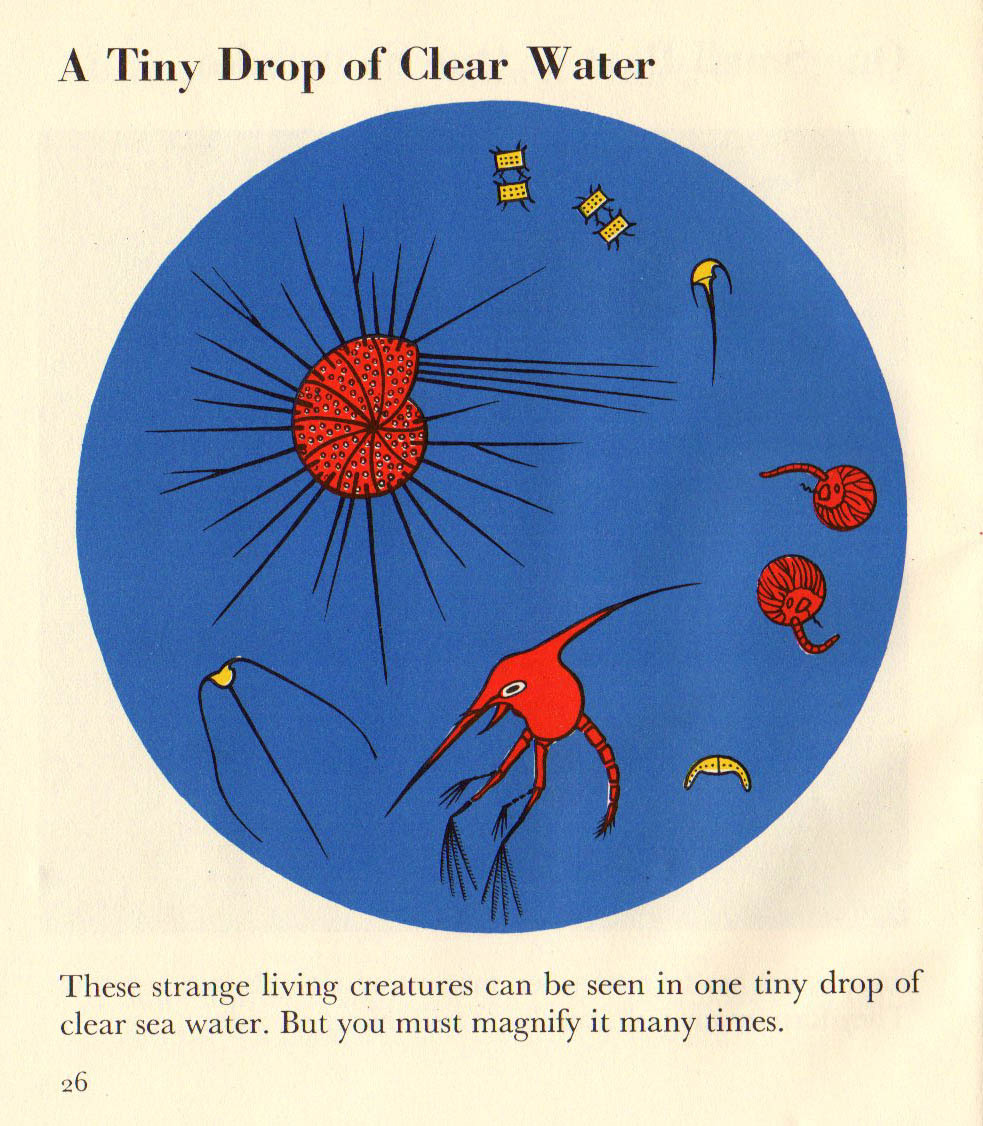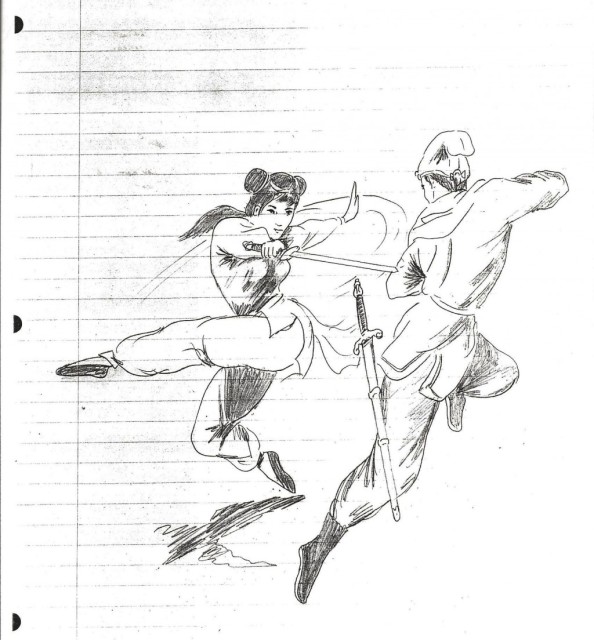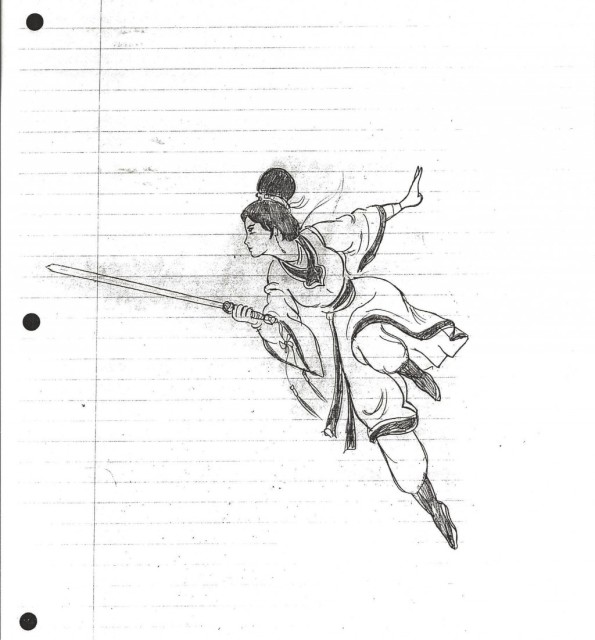The More You Know ★
- Started
- Last post
- 1,989 Responses
- Ramanisky20
Did you know this iconic song ......
...... which was originally written by Neville Livingston after a girlfriend told him she didn’t need him anymore because she had a new toy that she nicknamed ‘The Electric Slide’ ??
- NBQ00-3
The Mayans were the first people to use (or invent) the number 0.
They als invented corn with selective breeding.
- Concept of zero goes back to Sumerians. Mayans developed it independently thousands of years laterGnash
- The more you knowNBQ00
- And it's "Maya" not "Mayan" TMYK.sarahfailin
- ^ I bet you say, octopi, instead of, Octopussies :)Gnash
- ^octopie works too, also Mayazgrafician
- Only the Indian dot that would eventually go on to gain true number status, first described in 628 AD by the Indian astronomer and mathematician Brahmaguptasted
- Gnash, grafician pls join NBQ00 on the failboat for a divested
- there is a difference between the concept of zero and number 0.sted
- The Sumerians had a symbol for zero, and used it. It wasn’t philosophy, it was utility. It was a numberGnash
- They needed it for trade. That they were the first to articulate the concept of zero is huge, but they also gave it a symbolGnash
- @sted /sgrafician
- sted10
The Space Shuttle and the Horse's Rear End
Say friend, did you know that the US Standard railroad gauge (distance between the rails) is 4 feet, 8 1/2 inches.
That's an exceedingly odd number. Why was that gauge used?
Because that's the way they built them in England, and the US railroads were built by English expatriates.
I see, but why did the English build them like that?
Because the first railway lines were built by the same people who built the pre-railroad tramways, and that's the gauge they used.
Well, why did they use that gauge in England?
Because the people who built the tramways used the same jigs and tools that they used for building wagons, which used that wheel spacing.
Okay! Why did their wagons use that odd wheel spacing?
Because, if they tried to use any other spacing the wagon wheels would break on some of the old, long distance roads. Because that's the spacing of the old wheel ruts.
So who built these old rutted roads?
The first long distance roads in Europe were built by Imperial Rome for the benefit of their legions. The Roman roads have been used ever since.
And the ruts?
The original ruts, which everyone else had to match for fear of destroying their wagons, were first made by the wheels of Roman war chariots. Since the chariots were made for or by Imperial Rome they were all alike in the matter of wheel spacing.
Thus, we have the answer to the original question. The United States standard railroad gauge of 4 feet, 8 1/2 inches derives from the original specification for an Imperial Roman army war chariot.
And the motto of the story is Specifications and bureaucracies live forever.
So, the next time you are handed a specification and wonder what horse's ass came up with it, you may be exactly right. Because the Imperial Roman chariots were made to be just wide enough to accommodate the back-ends of two war-horses.
So, just what does this have to do with the exploration of space?
Well, there's an interesting extension of the story about railroad gauge and horses' behinds. When we see a Space Shuttle sitting on the launch pad, there are two big booster rockets attached to the sides of the main fuel tank. These are the solid rocket boosters, or SRBs. The SRBs are made by Thiokol at a factory in Utah. The engineers who designed the SRBs might have preferred to make them a bit fatter, but the SRBs had to be shipped by train from the factory to the launch site.
The railroad from the factory runs through a tunnel in the mountains. The SRBs had to fit through that tunnel. The tunnel is slightly wider than a railroad track, and the railroad track is about as wide as two horses' behinds.
So a major design feature of what is arguably the world's most advanced transportation system was originally determined by the width of a horse's ass.
- https://encrypted-tb…_niko
- They could have moved the factory.calculator
- Thanks, that was fun!Green_Pork
- fun read but a myth. https://magazine.eng…Beeswax
- @Beeswax “Mind your own!” Lol... Sorry, couldn’t resist.Green_Pork
- grafician1
"How Previous Epidemics Impacted Home Design"
https://www.architecturaldigest.…
"Whether you realize it or not, a number of the design features in our homes today originated, or were popularized, because of previous infectious disease outbreaks, like the 1918 flu pandemic, tuberculosis, and dysentery. There is a very long, very interesting history of the intersection of health, architecture, and design going back to ancient times, but we’re going to skip ahead to the late 19th and early 20th centuries to focus on architectural and design features you could potentially find in your home today. "
Closets
"up until the beginning of the 20th century, most clothing and related items were kept in stand-alone furniture."
"The switch to closets was to make rooms easier to clean. Bulky furniture items like armoires were difficult to move and therefore collected dust, which was thought to pass along germs. By the mid-1920s, Le Corbusier was writing about the importance of minimalism, cleanliness, and hygiene in home design, advocating for built-ins throughout the house, which eventually became the norm."
White Kitchen Tiles and Linoleum
"In the late 19th century, as people were beginning to understand how infectious diseases spread, public buildings—hospitals in particular—installed white tiles so workers could immediately spot any dirt or grime, and easily wipe it clean. Childs Restaurant, an early American chain, adopted white subway tiles to conjure the sterile environment of a hospital and make people feel safe eating there at a time when foodborne diseases like typhoid, botulism, and trichinosis were a major public health concern. Along with tiles, linoleum replaced hardwood floors and oilcloth as the sanitary flooring of choice, also thanks to being easy to clean."
Sleeping Porches
"Though porches themselves have been around for a long time, and have been used as a place to sleep while escaping the summer heat, sleeping porches became popular during the tuberculosis epidemic of the late 19th and early 20th centuries. In a time before antibiotics, sunlight and fresh air were the best-known “cures” for the deadly disease."
Powder Rooms
"Powder rooms—or half baths on the ground floor of a house near the front door—are also the result of the attempt to prevent the spread of infectious diseases in the early 20th century. Those were the days of having daily coal and ice deliveries: “There was no Amazon guy dropping it off at the door and taking a picture of it for you,” Dr. Kelly Wright, who teaches American history at the University of Cincinnati and specializes in the historic use of color in architecture, tells us. In other words, every day, at least one delivery person would traipse inside your home after being inside many other homes, including some where people may have been sick with something contagious. “The iceman is coming right into your kitchen, and if the iceman needs to use the bathroom, you don’t want him using your family bathroom. So the half bath made perfect sense for visitors to the house.” And, as Alter points out, having an accessible sink on the ground floor of homes made it more convenient for people to wash their hands—which, as we’ve been reminded of a lot recently, is crucial for health and hygiene."
- grafician1
^and another one:
"Your Old Radiator Is a Pandemic-Fighting Weapon
Turn-of-the-century faith in ventilation to combat disease pushed engineers to design steam heating systems that still overheat apartments today. "
"The Spanish Influenza, which caused just over 20,000 deaths in New York City alone, “changed heating once and for all.” That’s according to Dan Holohan, a retired writer, consultant, and researcher with extensive knowledge of heating systems and steam heating. (Among his many tomes on the topic: The Lost Art of Steam Heating, from 1992.) Most radiator systems appeared in major American cities like New York City in the first third of the 20th century. This golden age of steam heat didn’t merely coincide with that pandemic: Beliefs about how to fight airborne illness influenced the design of heating systems, and created a persistent pain point for those who’ve cohabitated with a cranky old radiator. "
"Health officials thought (correctly) that fresh air would ward off airborne diseases; then as now, cities rushed to move activities outdoors, from schools to courtrooms. When winter came, the need for fresh air didn’t abate. According to Holohan’s research, the Board of Health in New York City ordered that windows should remain open to provide ventilation, even in cold weather. In response, engineers began devising heating systems with this extreme use case in mind. Steam heating and radiators were designed to heat buildings on the coldest day of the year with all the windows open. Anybody who’s thrown their windows open in January, when their apartment is stifling, is, in an odd way, replicating what engineers hoped would happen a century ago. "
- scarabin6
- Look at the size of that hectocotylus! Her siphon stands no chance.ideaist
- aliensrenderedred
- Wait, so every time we eat octopus there’s a 1 in 8 chance that we’re actually eating penis?_niko
- Next Level Skull Fuckutopian
- @niko ok so I actually know this one without googling it. The sexy arm is called the spermatophore, and it's literally "just the tip".garbage
- All the sea-jizz is right on the end, and it is cut off and discarded before going to market. But also this entire process seen here? Takes about 4 hours.garbage
- They have a dedicated fucking arm, and a dedicated submission arm. It's yeesh, but they are still delicious ocean aliens.garbage
- I have a dedicate fucking arm too.monospaced
- What a head fuckChimp
- OctopussyNonEntity
- well hungKrassy
- utopian1
- nice!Krassy
- 5 minutes and 32 seconds? Just tell me the trick! Paper towel and rock salt works fine.sarahfailin
- settings ? speed playback > 2xKrassy
- just tell me the goddam secretsarahfailin
- Hot pan + Hot water = steam & easy cleanakiersky
- always season your shitGuyFawkes
- WATER? no thanks. it's clean enough w/ salt.sarahfailin
- Krassy3
- They've been hanging together up there for a few weeks now. Been enjoying seeing them so clearly on evening walks. Space is cool.stoplying
- https://blogs.nasa.g… this checks out!sarahfailin
- Krassy2
How Do Water Towers Work?










